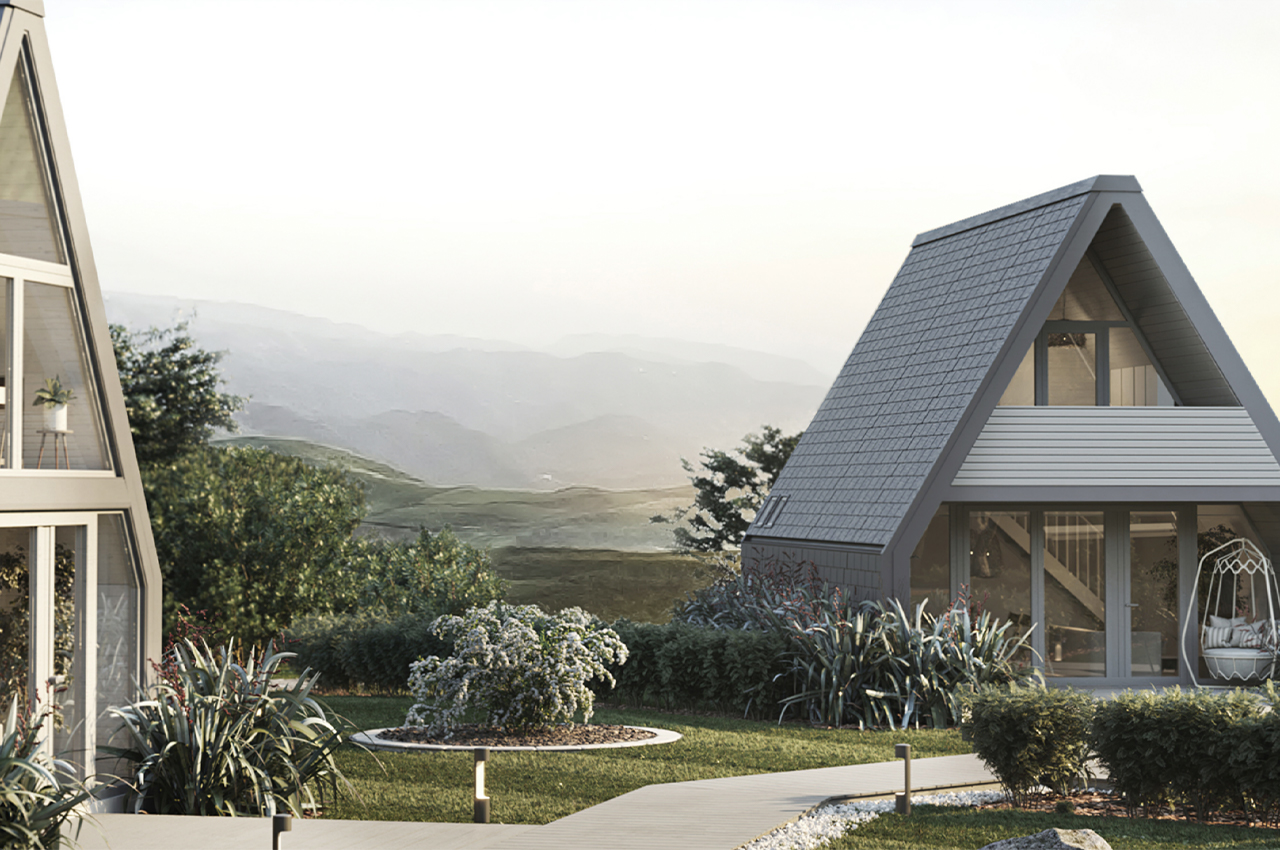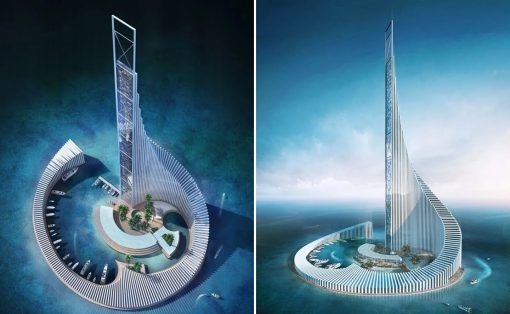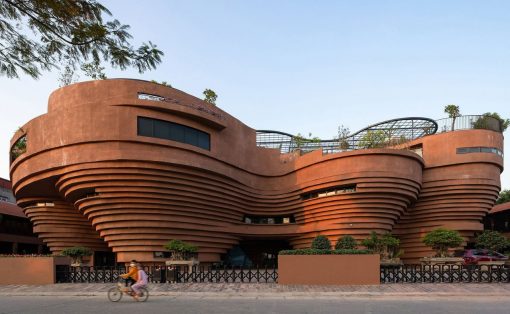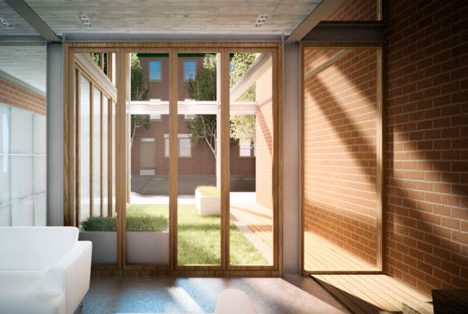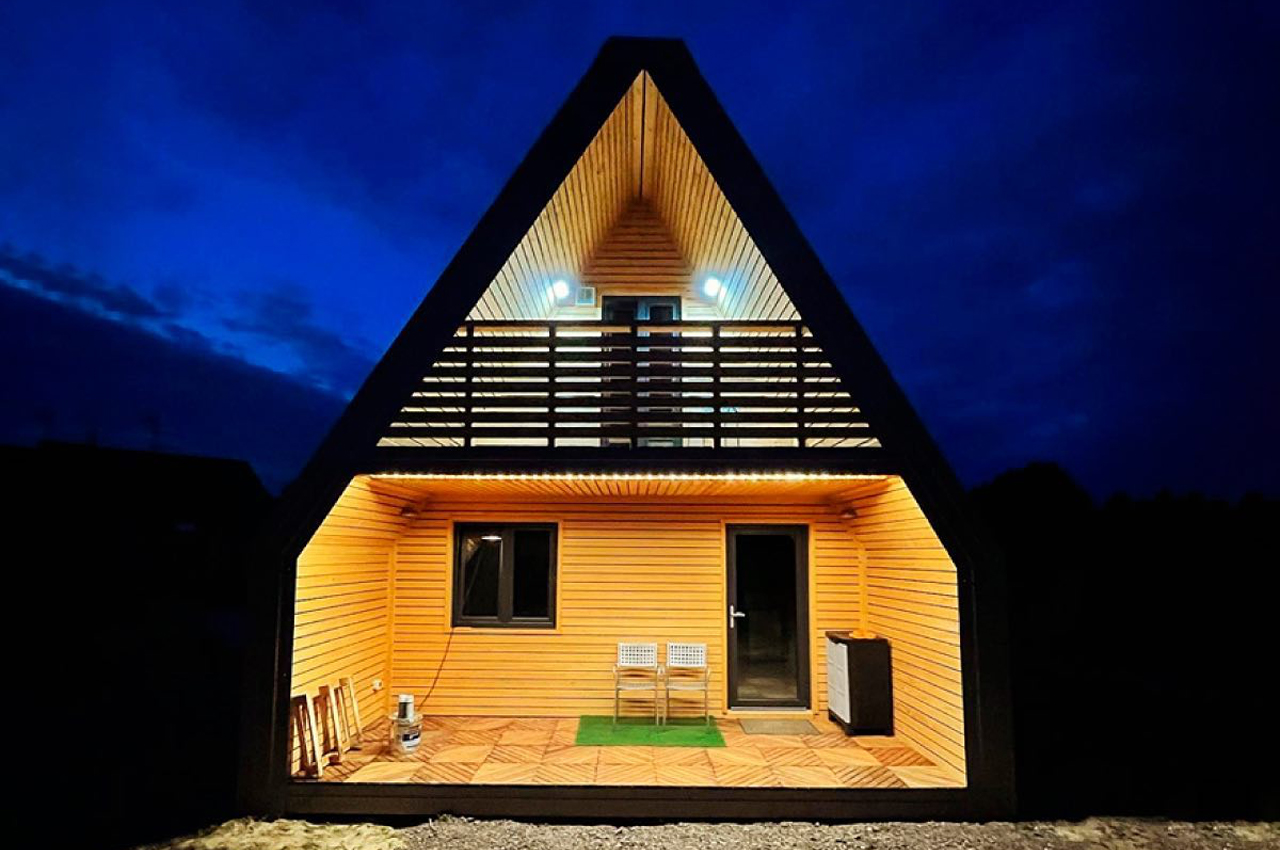
A-Fold’s line of prefabricated homes come in two models and are designed to provide earthquake relief as well as to withstand a natural disaster.
Ranging from disused shipping containers to DIY flat-pack houses, prefabricated homes provide an efficient way of building houses without losing the distinct charm of traditionally built homes. Designed in response to events like natural disasters, prefabricated homes can be built offsite and then transported without impacting the environment around them.
Designer: A-Fold x Nico D’Incecco
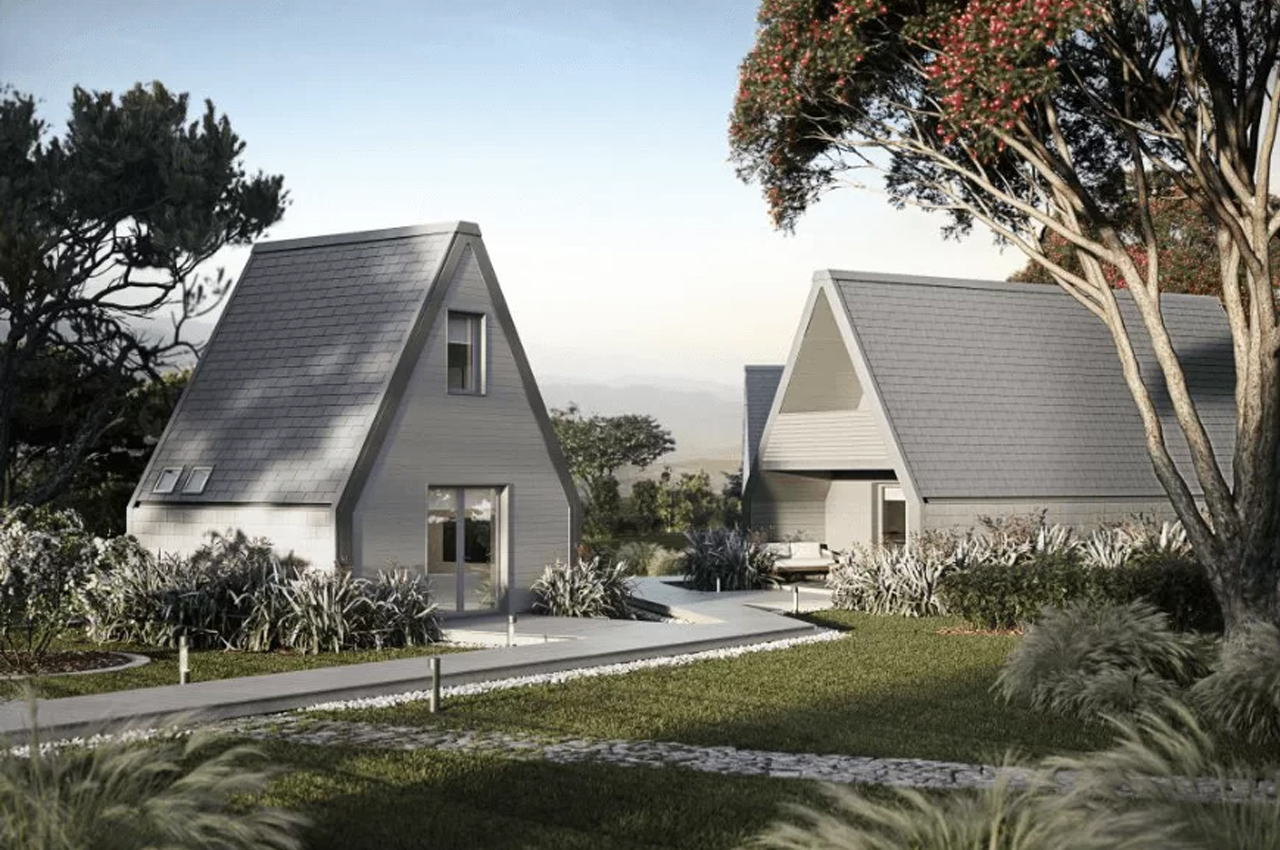
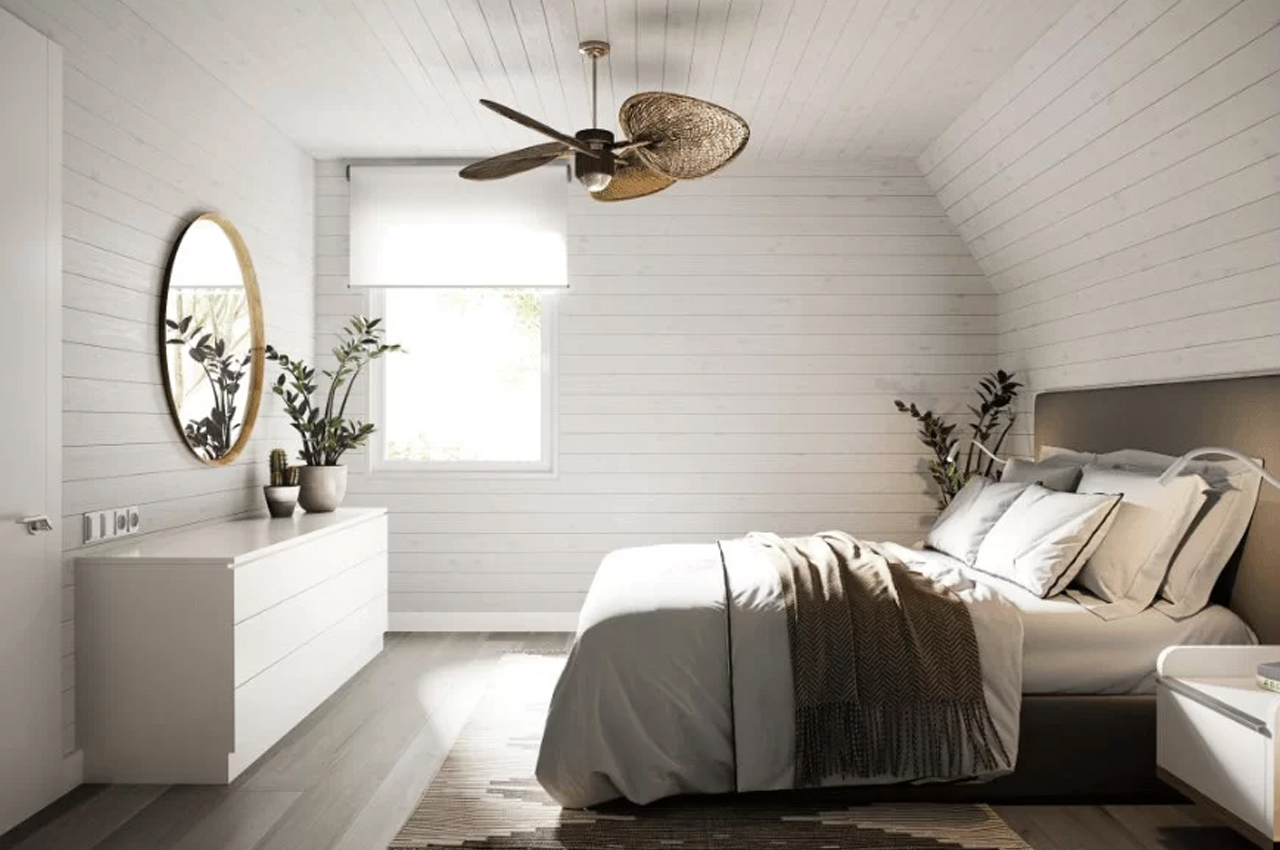
In this way, prefabricated homes provide sufficient, deployable shelter for individuals in need. In 2009, when an earthquake left 40,000 people homeless in Central Italy, Nico D’Incecco and the team at A-Fold relied on prefabricated construction methods to design a home that can unfold in a matter of hours and provide anti-seismic security.
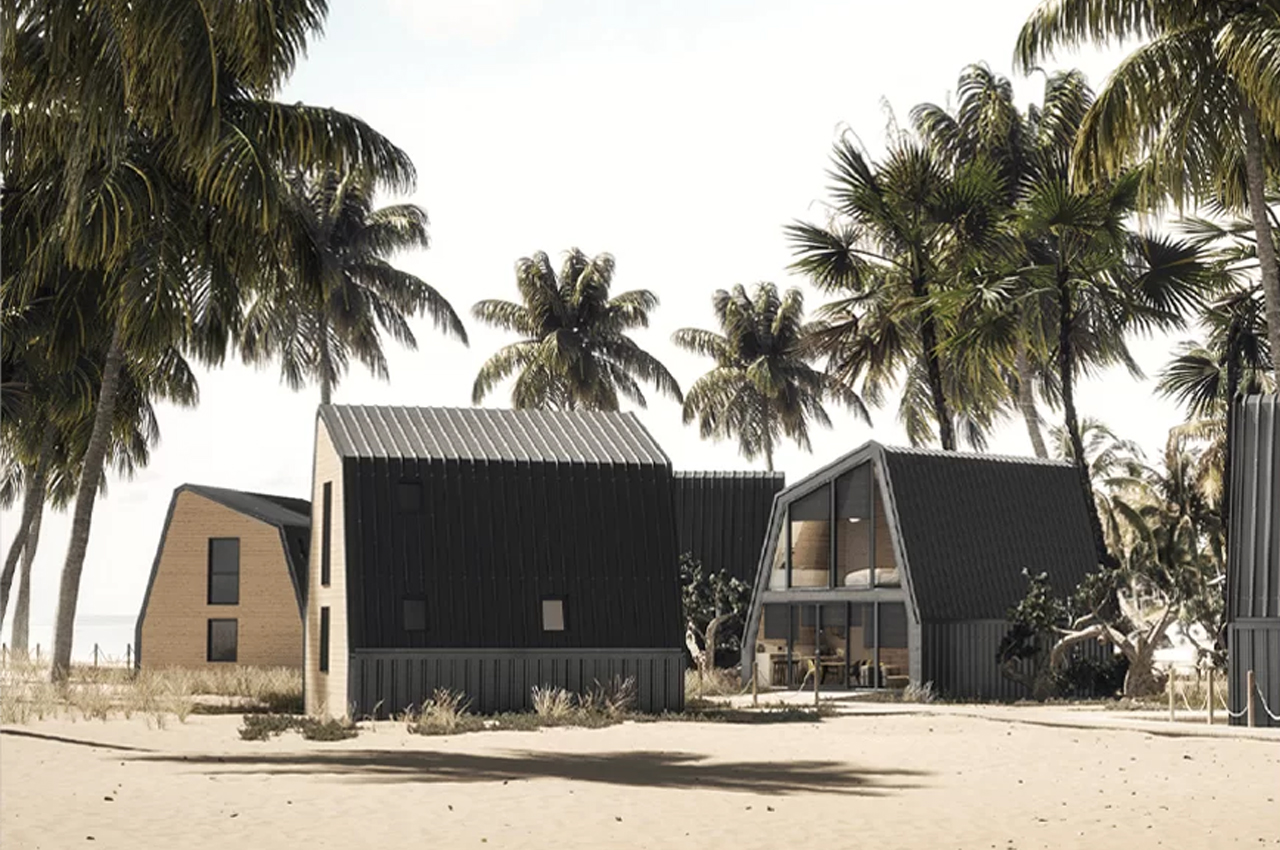
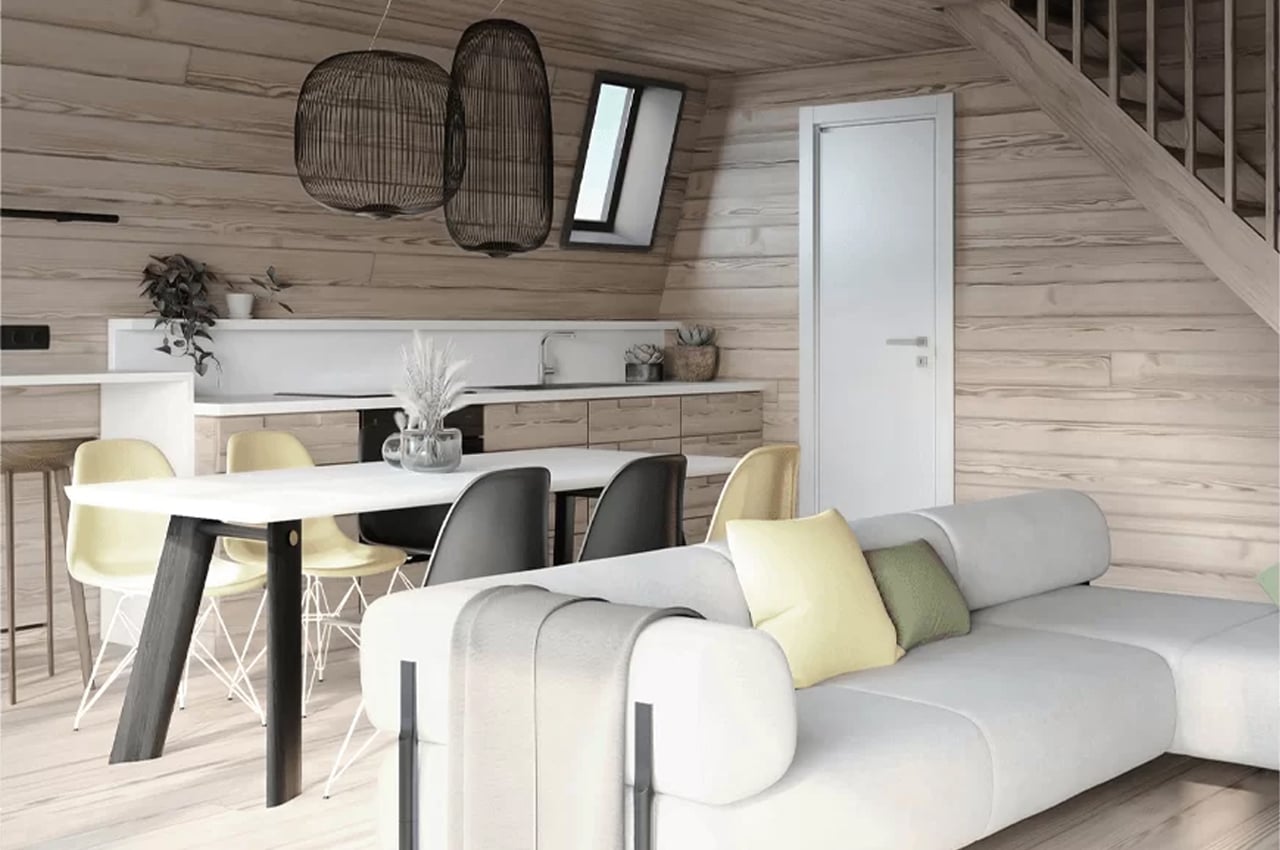
At the height of the pandemic, A-Fold launched the designs for their line of prefabricated homes that includes two bi-level cabins. Model A, the first of the two to be released, is a traditional A-frame cabin and ranges in size from 51 sqm to 125 sqm. Model T is named for its trapezoid shape and its smallest size is slightly larger than Model A’s, coming in at 52 sqm while its largest size is 127 sqm.
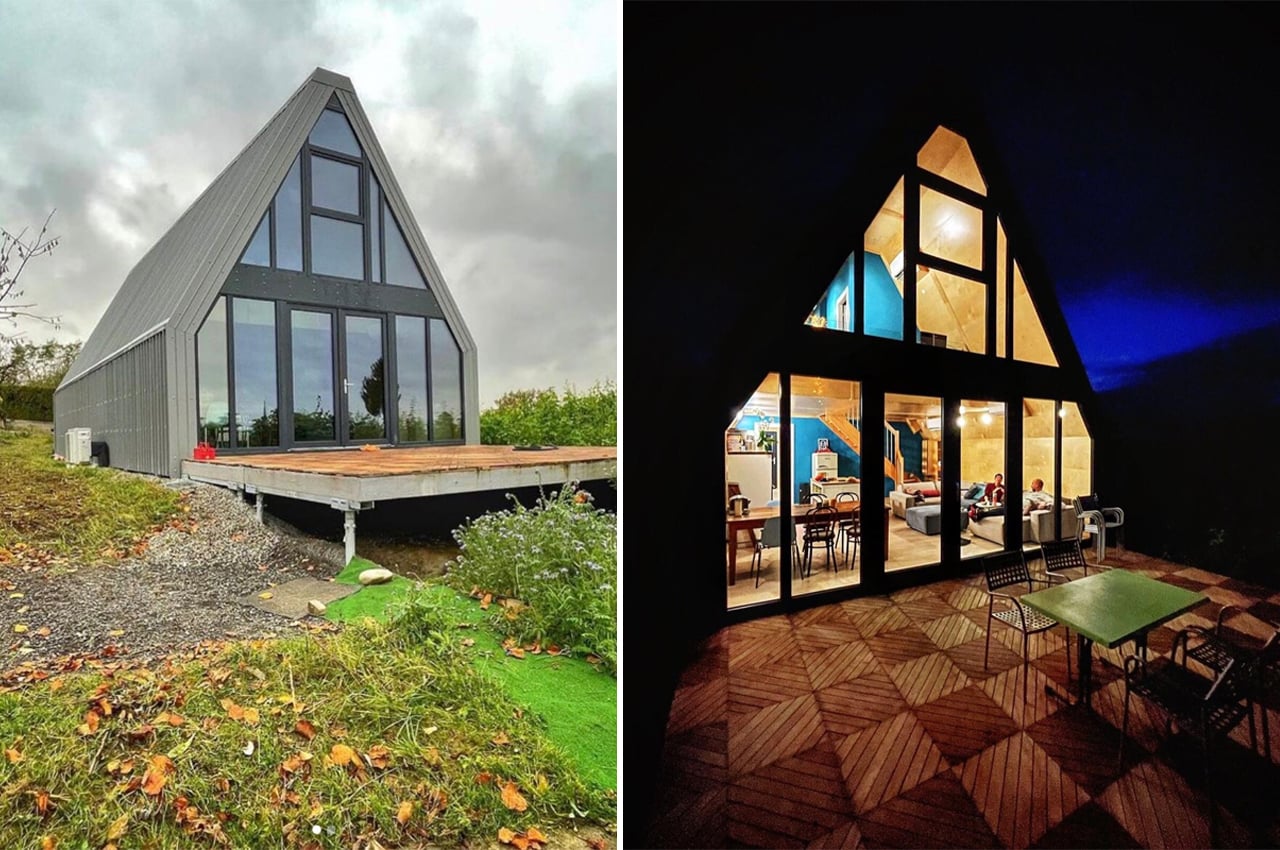
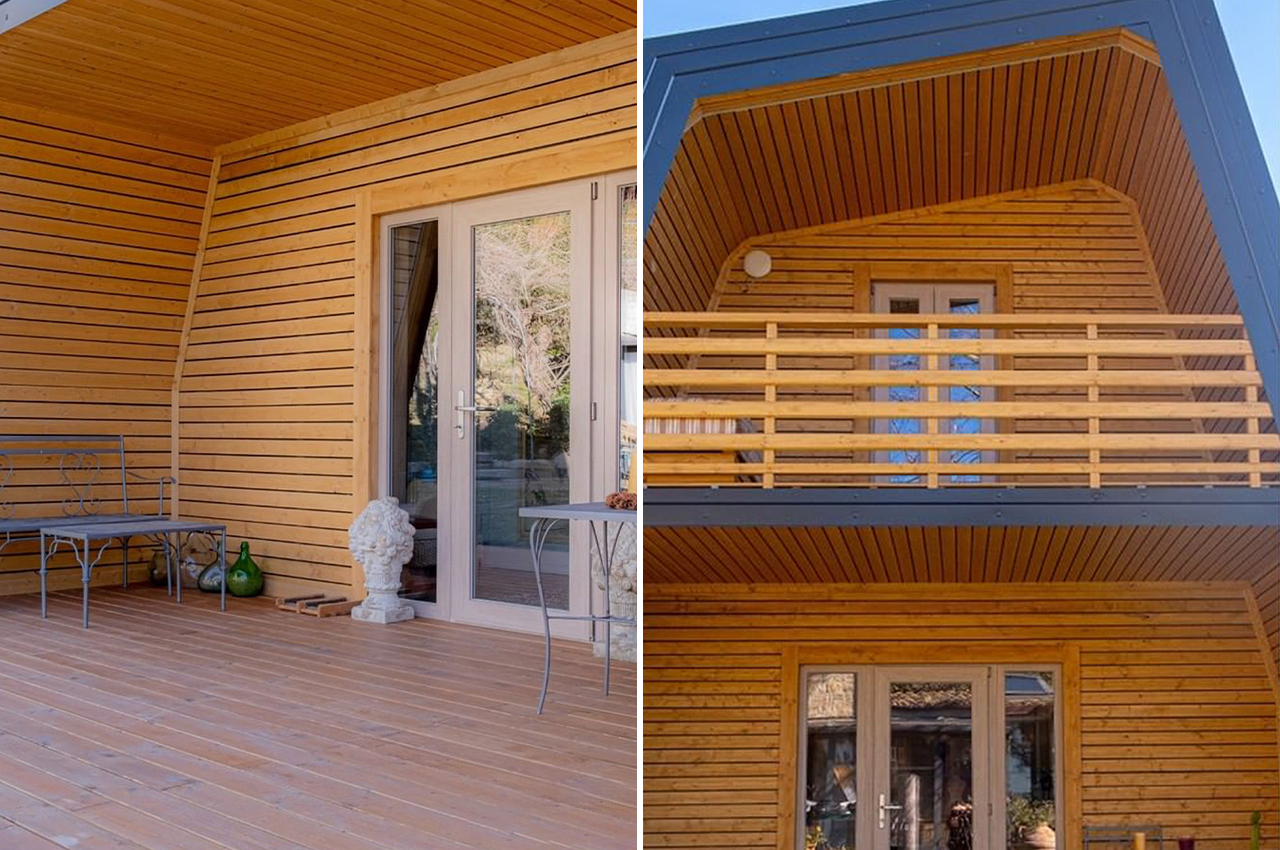
Like most prefabricated homes, Model A and Model T from A-Fold are both constructed offsite and transported via truck to the home’s destination. Then, each home is mounted atop a screw piles system foundation, which consists of metal poles that spiral sectors are attached to and then driven deep into the ground.
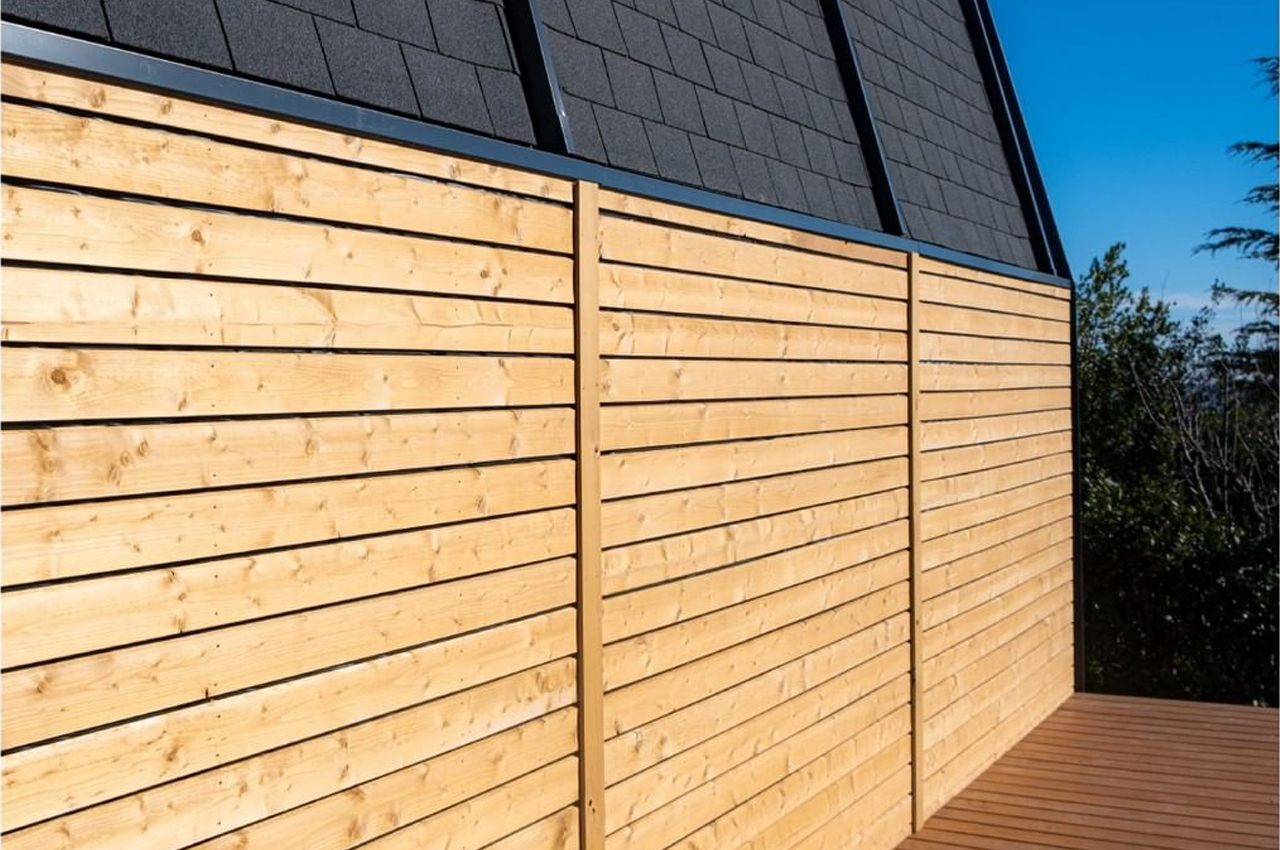
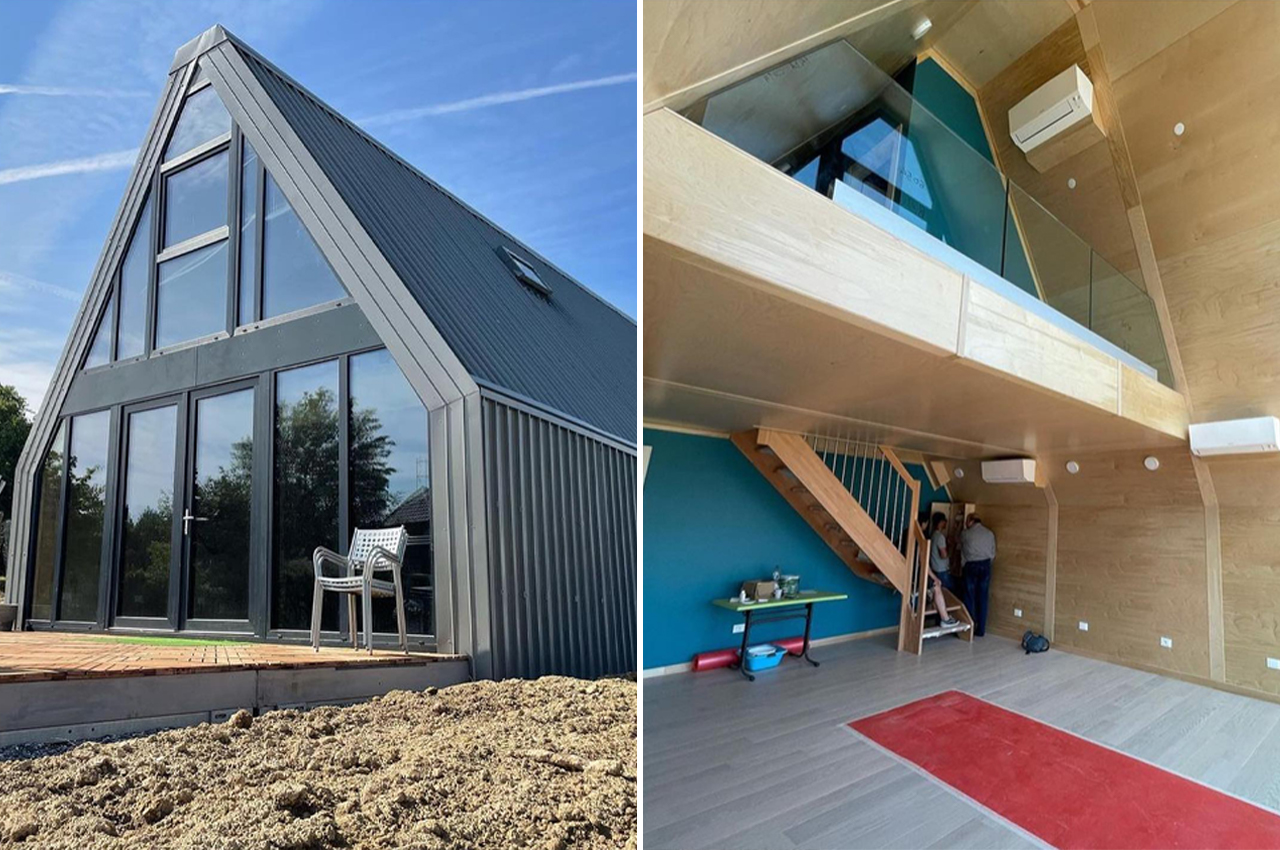
Through this type of foundation, the homes can be folded back up at any moment just as easily as they were unfolded, allowing residents to take their homes with them. While the very build of the home is built to withstand natural disasters like earthquakes through a system of massive hinge connections, the home’s portability can also be of aid during evacuations.
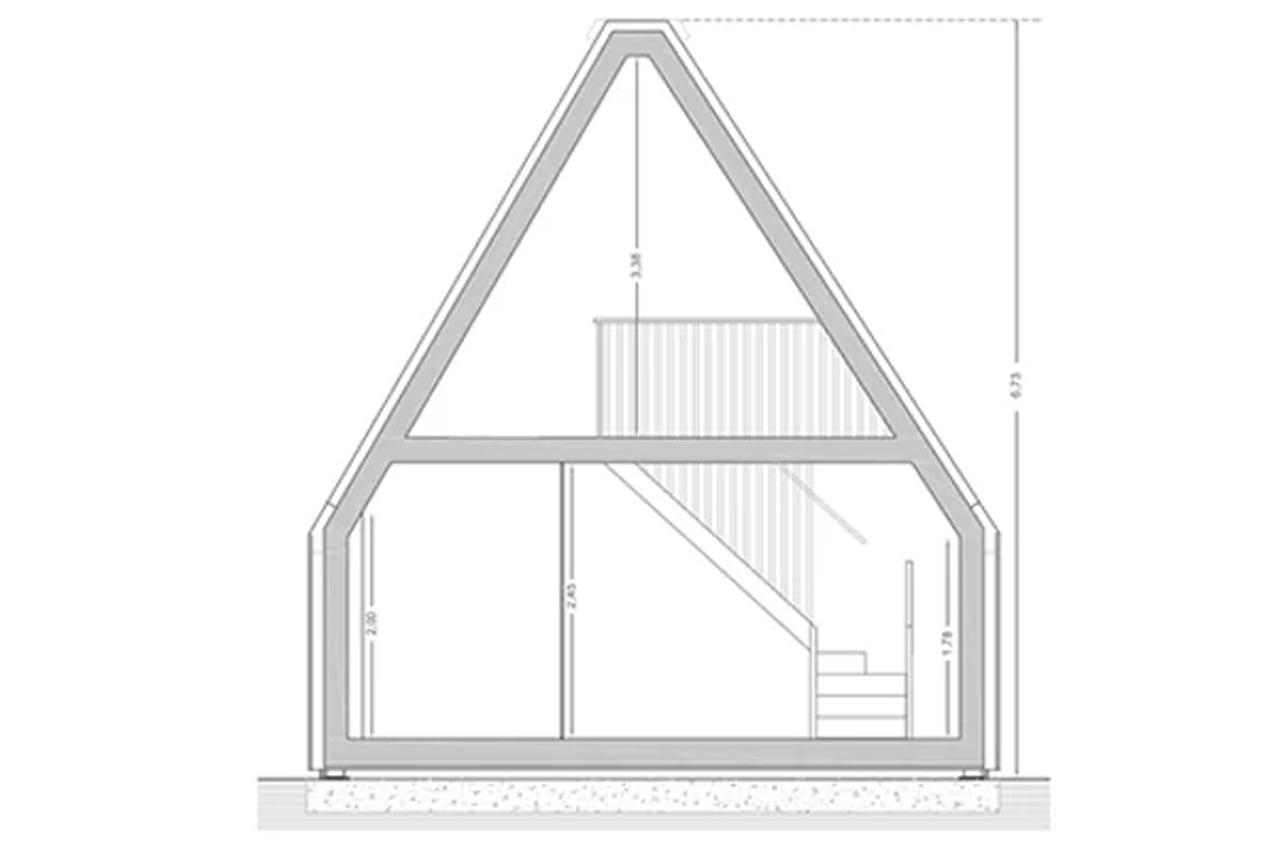
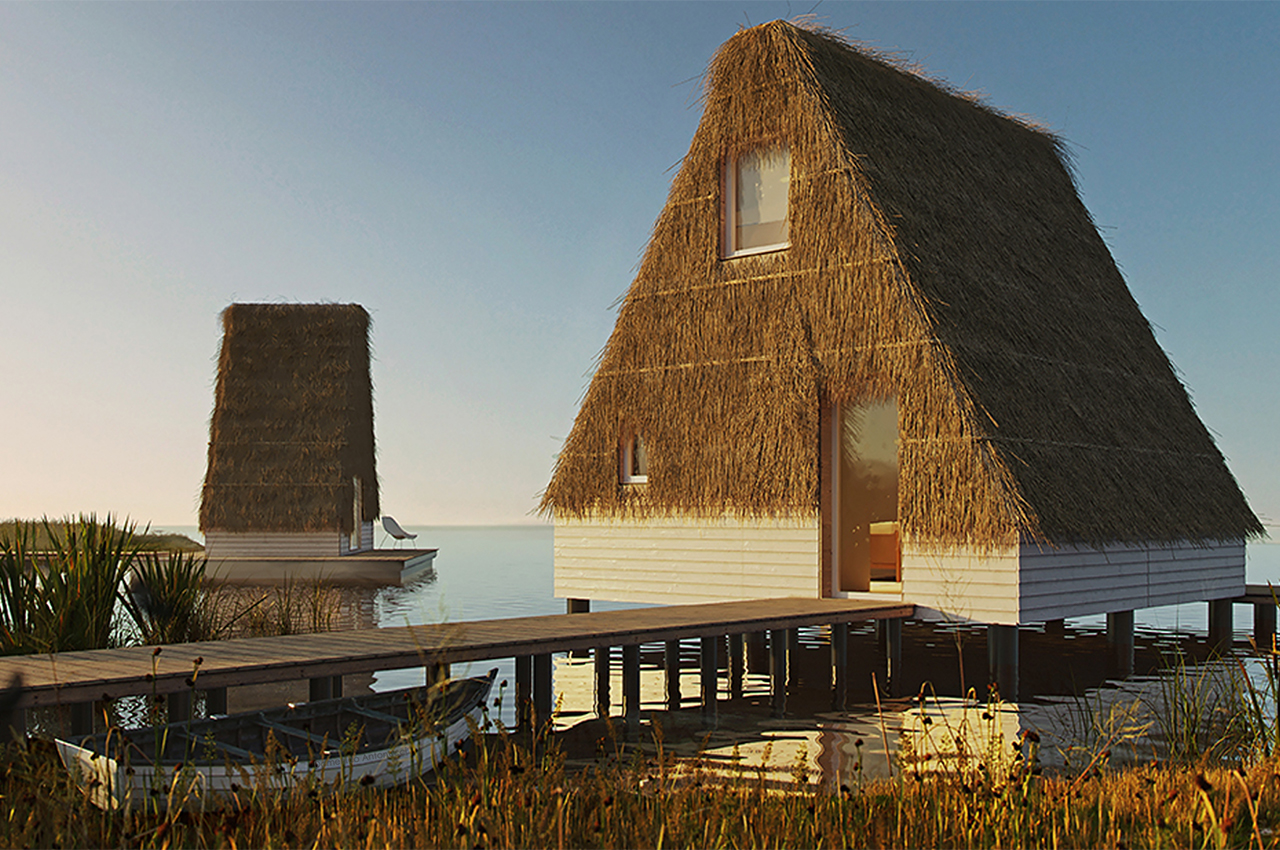
Buyers can choose from an array of different finishes for the home’s roof, floors, and facades. Depending on the buyer’s taste, the roof can keep a modern look with Isogrecata metal paneling or a more traditional look with bitumen roof tiles.
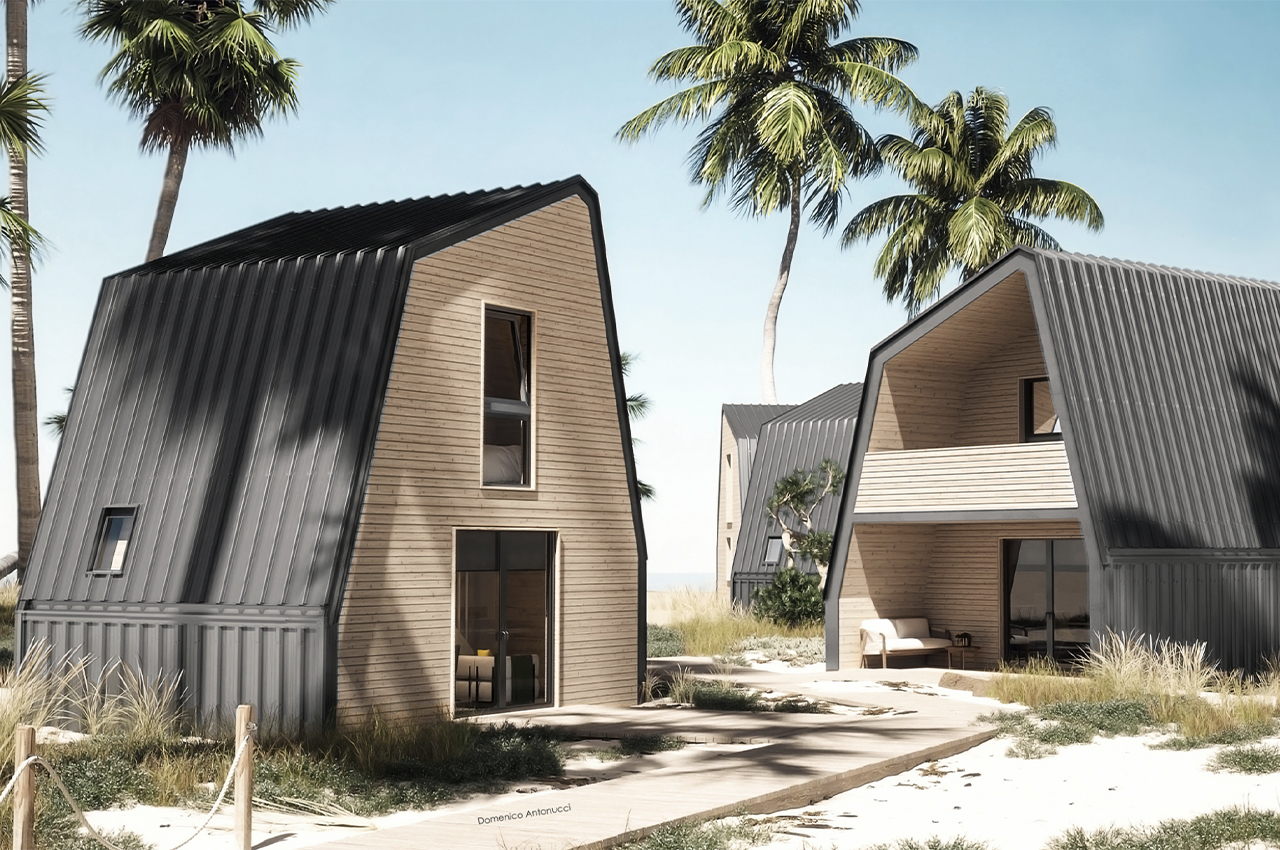
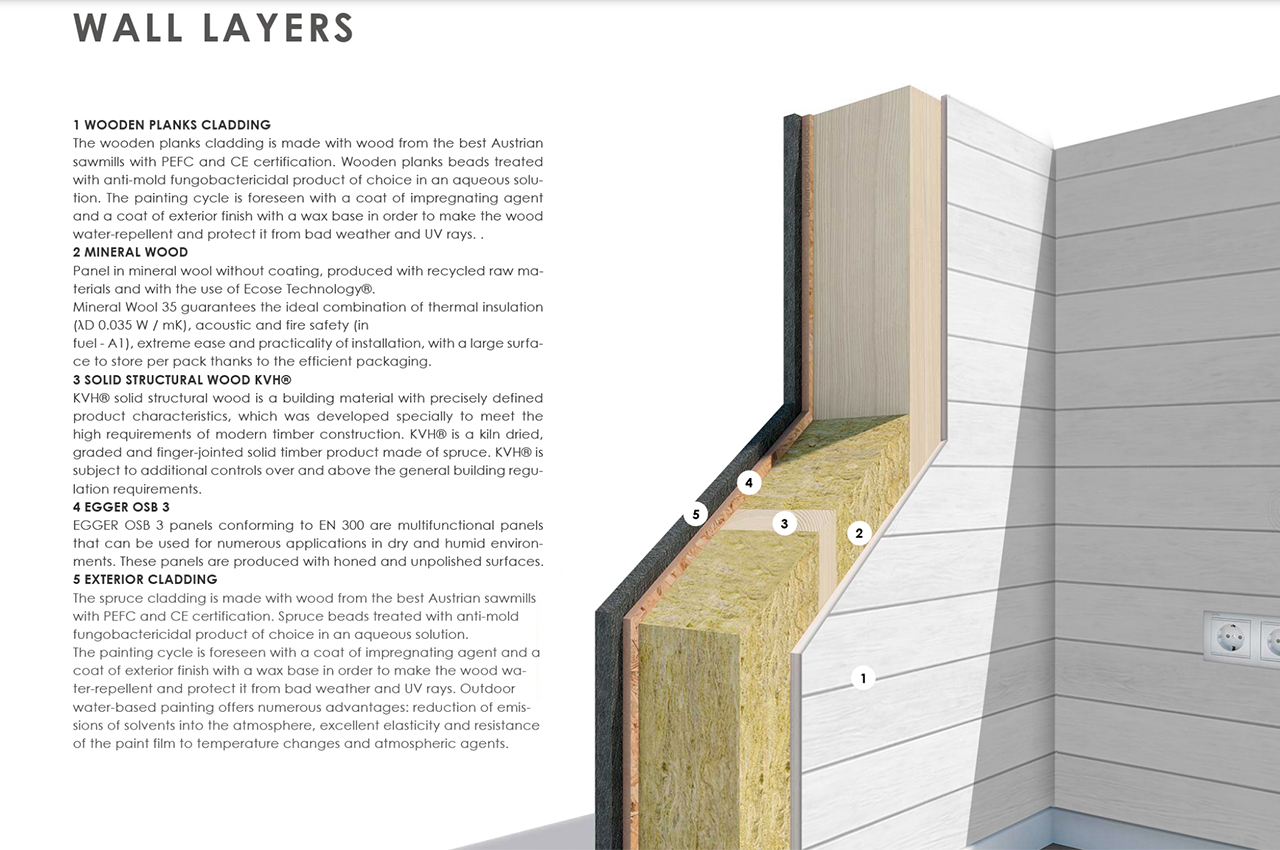
Each model’s flooring can also completely change the look and mood of the home. Those who tend toward cozier interior design can choose between engineered hardwood flooring and carpeting. Besides that, buyers can opt for vinyl, LVT wood flooring, or linoleum paneling. Then, each home can either be clad in spruce shingles, stone or be given a floor-to-ceiling window facade.
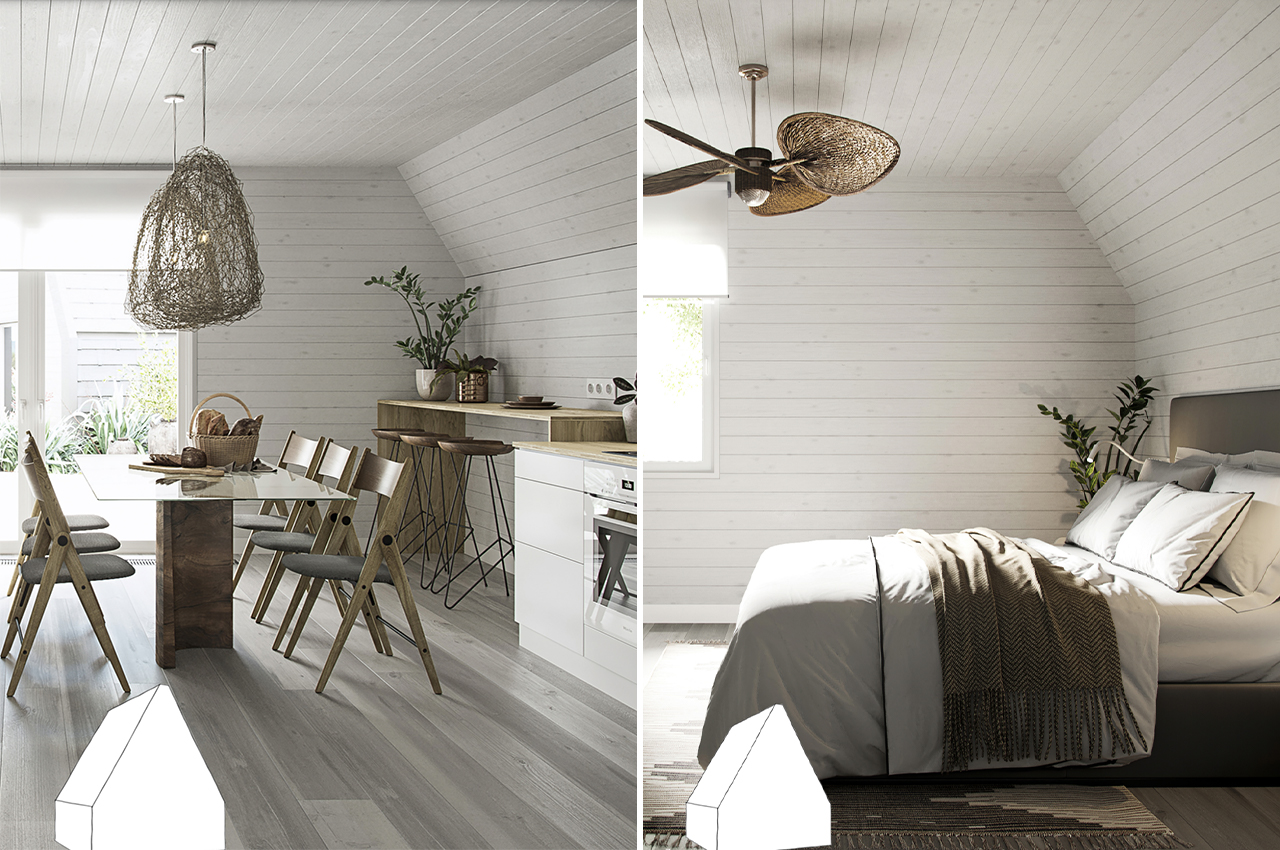
Buyers can choose from an array of different flooring panels, from linoleum to hardwood.
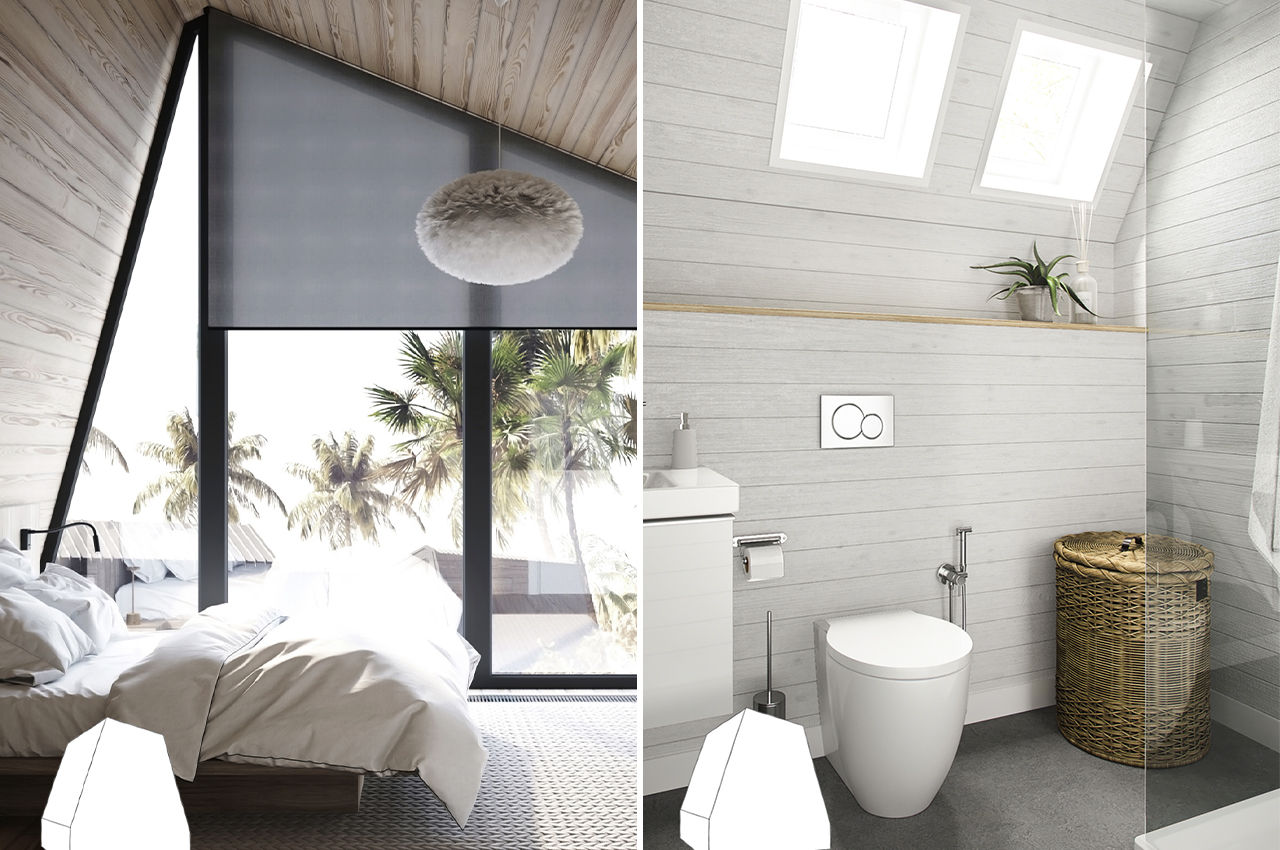
The silhouette of Model T gives the model’s interior lofty ceilings and a unique shape.
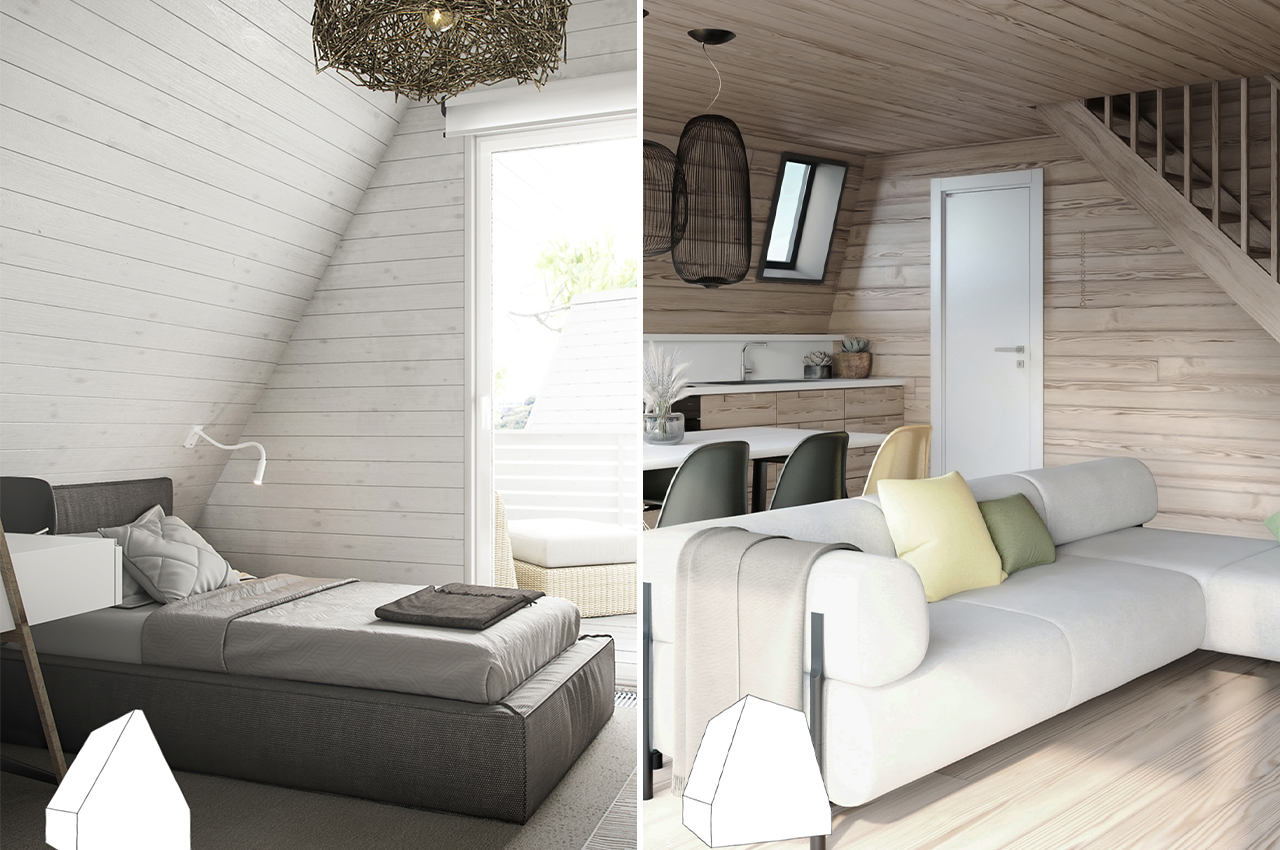
Inside, Scandinavian-inspired interior design elements give the home an airy, spacious feel.
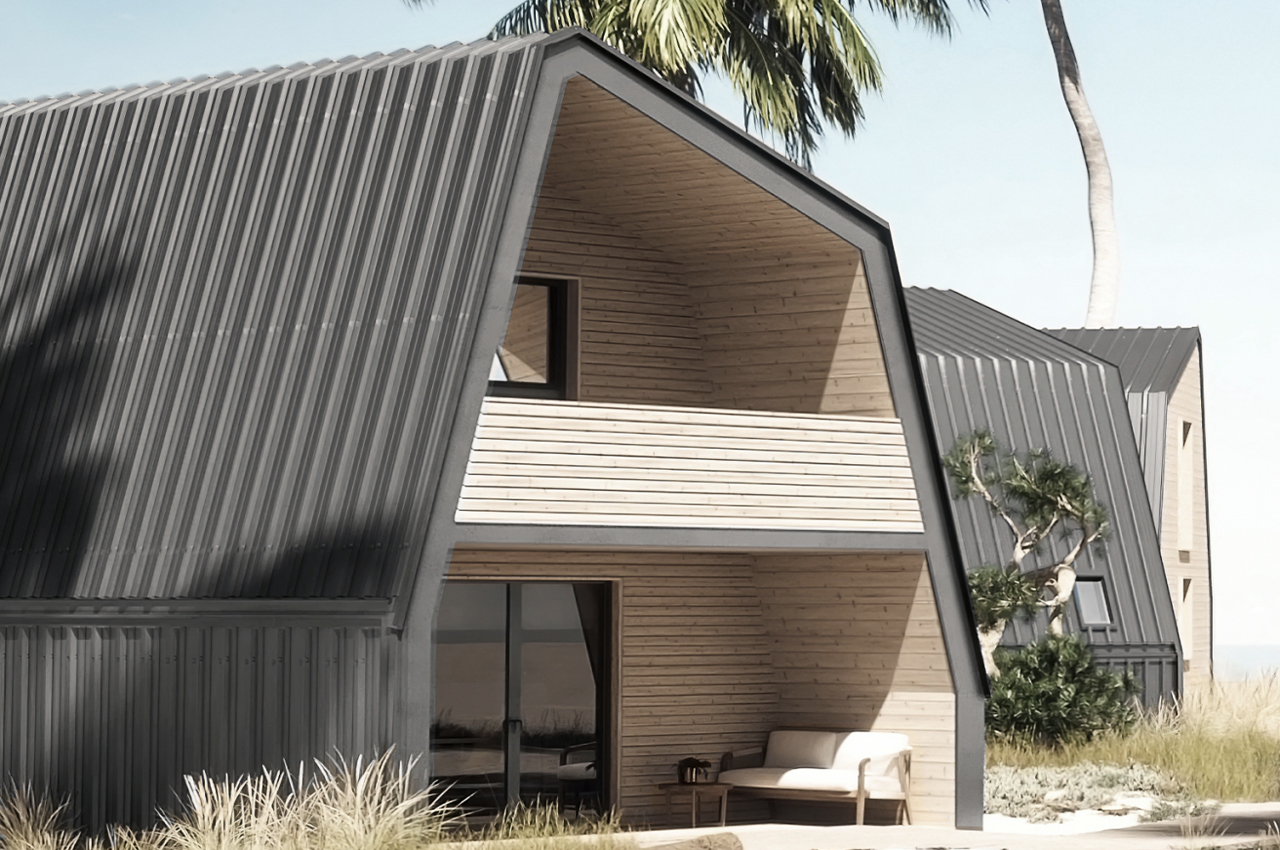
Overhead eaves provide roofs for the semi-enclosed terraces.
